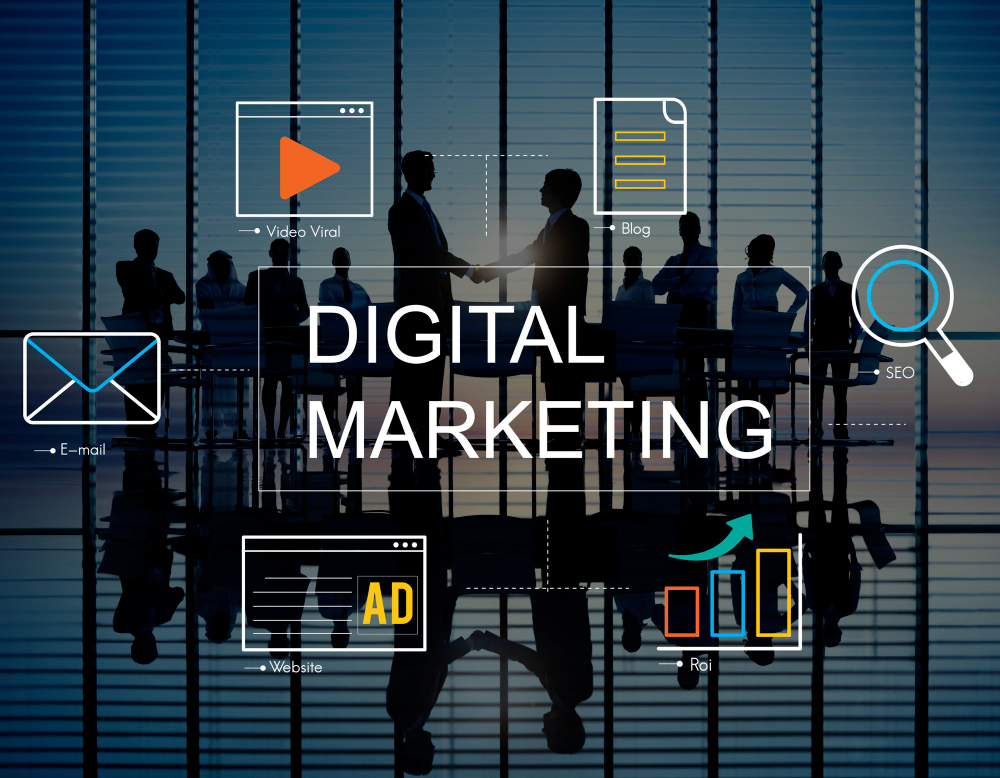In the world of advertising, one size does not fit all. The key to a successful ad campaign lies in understanding your audience and choosing the right approach to connect with them. At Mark Studio, we believe that advertising is both an art and a science, requiring creativity, strategy, and a deep understanding of human psychology. In this blog post, we’ll explore various types of ads you can create to make a lasting impact on your audience.
1. Humor Ads: Making Them Laugh
Humor is a powerful tool in advertising. It grabs attention, creates a positive association with your brand, and is highly shareable, especially on social media. A well-crafted humorous ad can make your brand memorable, lighten the mood, and make your message stick. However, it’s important to know your audience—what’s funny to one group might not be to another, so your humor needs to be well-calibrated.
Example: Think of Old Spice’s “The Man Your Man Could Smell Like” campaign. The over-the-top humor and absurd situations made the ads viral hits and rejuvenated the brand.

2. Emotional Ads: Tugging at Heartstrings
Emotional ads are designed to connect with viewers on a deep, personal level. These ads often tell a story that resonates with universal human experiences, such as love, family, or overcoming adversity. By evoking emotions like joy, sadness, or nostalgia, these ads create a strong, lasting impression and build a connection between the brand and the audience.
Example: Consider Dove’s “Real Beauty” campaign, which focuses on self-esteem and body positivity, connecting deeply with viewers by celebrating authentic beauty.

3. Informational Ads: Educating the Audience
Informational ads are straightforward and focus on providing the audience with important details about a product or service. These ads are ideal when you need to explain how something works, highlight unique features, or showcase the benefits of your offering. The goal is to educate and inform, helping the audience make an informed decision.
Example: Apple’s product launch ads often fall into this category, as they highlight the innovative features of their new products in a clear and concise manner.

4. Testimonial Ads: Building Trust Through Voices of Others
Testimonial ads leverage the power of word-of-mouth by featuring satisfied customers or well-known influencers who endorse your product or service. These ads build credibility and trust, as potential customers are more likely to believe the experiences of others, especially if they can relate to them.
Example: Weight loss and fitness brands often use testimonial ads to showcase real people’s success stories, making their products or services more relatable and trustworthy.

5. Lifestyle Ads: Selling a Dream
Lifestyle ads sell more than just a product—they sell a way of life. These ads connect your brand with a particular lifestyle, aspiration, or identity, suggesting that by using your product, customers can attain the life they desire. These ads are often aspirational and focus on the experience rather than the product itself.
Example: Nike’s “Just Do It” campaign is a classic example of lifestyle advertising, associating the brand with athleticism, determination, and achievement.

6. Shock Ads: Grabbing Attention Through Controversy
Shock ads are designed to provoke a strong reaction by using controversial or unexpected imagery and messages. These ads aim to disrupt the status quo, grab attention, and get people talking. While they can be highly effective in creating buzz, they must be used with caution to avoid alienating or offending your audience.
Example: Benetton’s advertising campaigns in the 1990s, which featured bold and sometimes disturbing images, are famous examples of shock advertising that sparked global conversations.

7. Storytelling Ads: Weaving a Narrative
Storytelling ads take viewers on a journey, often through a narrative that unfolds over the course of the ad. These ads are particularly effective at keeping the audience engaged, as people naturally love stories. A well-told story can create an emotional connection, build suspense, and leave a lasting impression.
Example: John Lewis, a UK retailer, is known for its emotionally resonant Christmas ads, which often tell heartwarming stories that capture the spirit of the season.

8. User-Generated Content (UGC) Ads: Harnessing the Power of Your Community
UGC ads are created by your customers, fans, or followers, often as part of a contest or social media campaign. These ads leverage the creativity of your audience and create a sense of community around your brand. They are authentic, relatable, and often more trustworthy because they come from real users.
Example: Coca-Cola’s “Share a Coke” campaign encouraged users to share photos of themselves with personalized Coke bottles, creating a massive wave of user-generated content that spread across social media.

9. Seasonal Ads: Tapping Into the Spirit of the Time
Seasonal ads are tailored to specific times of the year, such as holidays, back-to-school season, or summer. These ads take advantage of the emotions, traditions, and activities associated with certain seasons to create timely and relevant messages that resonate with the audience.
Example: Retailers often launch special Christmas ads that evoke the warmth, joy, and generosity of the holiday season, encouraging viewers to shop for gifts.

Conclusion
The world of advertising offers endless possibilities for creativity and connection. The key is to choose the type of ad that aligns with your brand’s identity, resonates with your target audience, and effectively communicates your message. At Mark Studio, we specialize in crafting a wide range of ads tailored to your specific goals, ensuring that your brand stands out in the marketplace and leaves a lasting impression. Whether you’re looking to make people laugh, cry, or simply take action, we’re here to help you create ads that truly make an impact.



